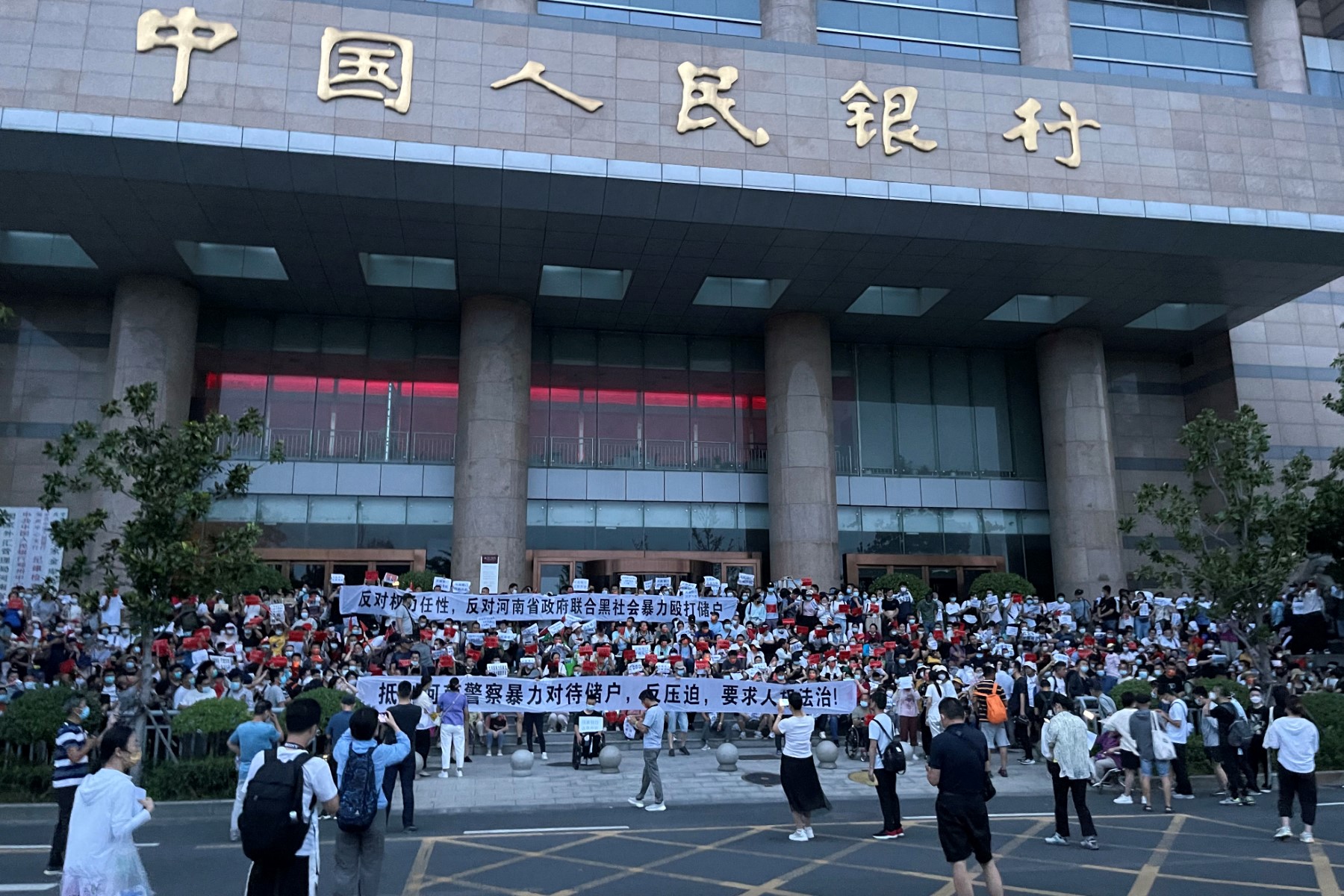Beijing, China – The People’s Bank of China (PBOC) on Friday unveiled its decision to trim the reserve requirement ratio (RRR) for financial institutions by 0.25 percentage points, effective immediately.
Notably, institutions already operating with a 5% RRR are exempted from this change. The move marks the second significant RRR reduction by the PBOC this year.
According to China Economic Net, this recalibration is projected to free up around 500 billion yuan in mid-to-long-term liquidity. Such an influx is anticipated to galvanize financial institutions, incentivizing them to channel more funds into the real economy, bolstering its ongoing recovery and sustained growth trajectory.
One of the primary objectives of this RRR adjustment is to further enhance and refine the financial framework, ensuring decreased financing costs for the real economy. To put this in perspective, the PBOC has already implemented two interest rate reductions this year, resulting in a notable dip in financing costs.
This recent RRR cut is poised to further diminish banks’ liability-side funding costs, offering more leeway for a potential reduction in lending rates on the asset side. This, in turn, paves the way for lowered financing expenses for businesses and consumer credit borrowers.
In addition to its direct economic implications, this RRR modification is also integral in stabilizing the exchange rate. By bolstering the robustness and reliability of funds within the banking sector, refining liquidity distribution, and rejuvenating market dynamism, this initiative is primed to support the renminbi’s stabilization and potential appreciation.

